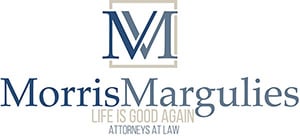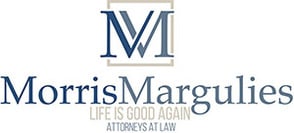Bankruptcy in Maryland allows consumers to remove some debts through liquidation or repayment. Debts in bankruptcy are paid in order according to the kind of claim which is secured or unsecured.
Unsecured claims
Unsecured debts are commonly paid last and fall into two groups: general unsecured claims and priority unsecured claims. General unsecured claims are the lowest on the list to get paid in bankruptcy, which include medical and credit card debt.
Since they aren’t secured by collateral or interest, a creditor cannot expect to get a payment. The consumer has no liability for the debt after discharge, regardless of how much they owe the creditor.
Priority unsecured debts are paid under all bankruptcy types in full before general unsecured claims and can not commonly get discharged. Some examples of priority unsecured claims are child support, alimony, bankruptcy costs, student loans, and certain tax obligations. Sometimes, student debt may get discharged in special circumstances, but the consumer must prove a hardship.
Secured claims
Secured claims are debts that are backed by collateral or security interests and paid before all unsecured claims. It means a creditor has a lien on the asset, and they can seize it if the consumer falls behind on payments.
Two common examples of secured claims include mortgages and vehicle loans, but may include watercraft and home appliances. However, the automatic stay in bankruptcy often impacts the ability of the creditor to collect the debt, but they may request relief. In Chapter 13 and Chapter 11, the amount in arrears is worked into the payment plan, and the creditor must get at least the asset value.
Bankruptcy does not erase all debts, but it helps ease some of the burden. However, consumers should consider filing bankruptcy carefully, since it impacts credit for several years.

